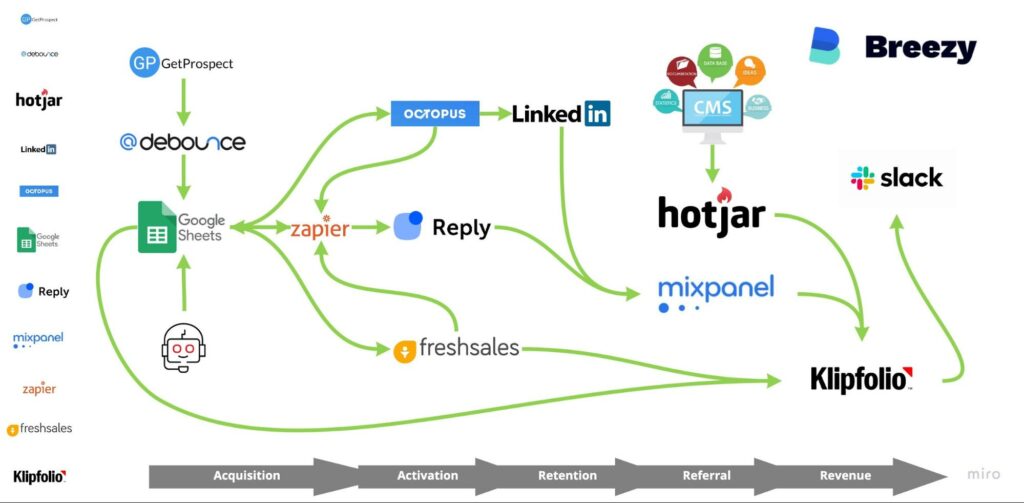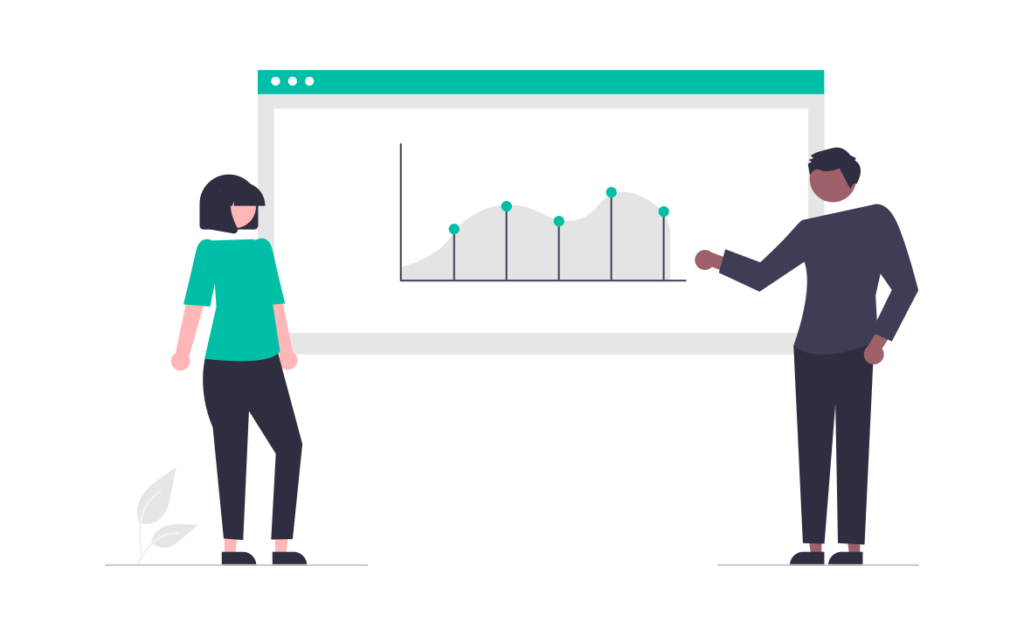How To Build A Successful B2B Martech Stack

Getting your suite of tools and technologies working in harmony is an extremely important part of your prep for a B2B marketing campaign.
If they’re not, you’ll be missing out on valuable data and insights to inform future marketing decisions. Your campaign is likely to be less effective and cost more.
We call an integrated suite of tools a ‘martech stack’. We’ve written more about what martech stacks are here, if you’re interested.
In this blog we’re going to be talking through the specifics of building a B2B martech stack that works. How to approach it, what tools to consider, and how to get the integration right.
Step 1: Define Your Needs
There are so many tools available to B2B marketers these days that it can feel overwhelming, even for a seasoned CMO. So the first thing to do when building a martech stack is do some filtering of these tools by clearly defining your needs.
Depending on the stage the business is at, that should include defining customer profiles, marketing budget, key targets and metrics, and marketing channels.
Once we have that information, at Growth Division we prefer to organise the various tools and technologies according to what section or sections of the marketing/sales funnel they impact.
That means first defining the various stages of the marketing/sales funnel. Of course, every sector and company will have slightly different funnel but as a rule of thumb we tend to follow Dave McClure’s AARRR model (AKA pirate metrics):
- Acquisition
- Activation
- Retention
- Referral
- Revenue
For each stage of your marketing funnel you should list:
- What activities you are or plan to take to impact that stage
- What your key metrics are for that stage
- What tools and technologies are available for that stage – building a successful b2b martech stack requires stellar knowledge of tools.
Step 2: Choose Your CRM
For any B2B marketing campaign, the most important tool in your martech stack is your Customer Relationship Management software, or your CRM. It should be your single point of truth for leads/sales data and will be the main tool you use for the Retention section of your funnel.
Depending on the business, you may well also use it as the main tool used to analyse attribution and marketing effectiveness.
Selecting a CRM that’s right for you needs careful thought. You need to consider:
- Budget. Some CRMs are obviously far more expensive than others. Many CRMs have a low entry price which scales significantly as you gather more data/leads – you’ll need to account for this in your planning.
- Uses. Will the CRM primarily be an automated retention/re-engagement notification tool? Will it be used for analysing the success of your sales or business development teams? What analytics capabilities will you need it to have?
- Installation, set-up and integration. How easily and quickly can you get it set up? Will you need to pay for an expert to help? Is the system easy to learn? And how well will it integrate with the rest of your stack? Our view is that the CRM is the most important part of a B2B martech stack, so you should pick the CRM first and then select tools that integrate with your chosen CRM. But you should consider how easy that integration process will be. If you’re choosing between two or three options with similar prices and functionalities, choose the one with the easiest integration set-ups. Read reviews to discover this information.
Example CRMs for B2B martech stacks:
- Hubspot – an industry standard, but it can get expensive depending on your requirements.
- ActiveCampaign – a less expensive, but still very powerful CRM and email automation tool.
- Copper – a great CRM with a very easy integration with Google tools.
- Freshsales – our sales management/CRM tool of choice for Growth Division’s own growth.
- Pipedrive – excellent lead management software for SMEs.
Step 3: Choose your analytics tools
After selecting a CRM, we generally recommend choosing what tools you’ll need for analytics.
In the B2B world, that doesn’t need to be an overly complex set-up. If you’re tracking leads through a website form, your analytics set up could simply be your CRM and Google Analytics (GA). If you’re using LinkedIn ads, you just need to install the LinkedIn Pixel.
It depends on your specific requirements and target metrics, but we’d thoroughly recommend working with Google Tag Manager (GTM) to install all the relevant tracking pixels on your site. With a proper GTM set-up you can then add/remove/change key pixels, tags, events and triggers without having to go through devs.
But the key is to get it right – a poorly configured GTM and GA set-up could feed you false data and lead to frustration or bad decisions. We’d recommend using an expert to get it right – and this is a service we offer as part of our Phase 1 – Marketing Readiness process.
Step 4 – Choose Your Other Tools & Integrate
If you’ve got a CRM right for you, and an analytics set-up that tracks everything you need, you’ve got your ‘core’ tools. You then need to find the right tools for the other parts of the funnel that will integrate with the core of your B2B martech stack.
Remember, though – you don’t need to get carried away. Don’t install tools just for the sake of it. Focus on your core targets, channels and metrics. Picking just a few great tools that are integrated perfectly is far more useful than having a bloated, complex mess of a stack. The purpose of a martech stack is to make your life easier, remember!
Integrating these tools can be a challenge. Even if you’ve selected tools based on their ease of integration, bringing it all together to ensure you don’t have siloed data without duplication isn’t easy. Sometimes you can use workarounds, such as Zapier, but a native integration is always preferable.
Talk to a Growth Advisor
We create a clear, focused marketing strategy by combining our expertise with your knowledge of your business.
Related Posts

Marketing Funnel Automation Stack
MarTech Stack Diagram What is marketing funnel automation? You’ve probably heard of a marketing funnel. The conceptual idea of...

Martech Stacks (Marketing Technology Stack)
Expert guidance on integrating martech tools and building a growth marketing automation engine for your business

21 Martech Statistics That Show How Marketing Is Changing
It seems that every year we growth marketers claim our industry has changed forever. Well, we’re not just repeating...
